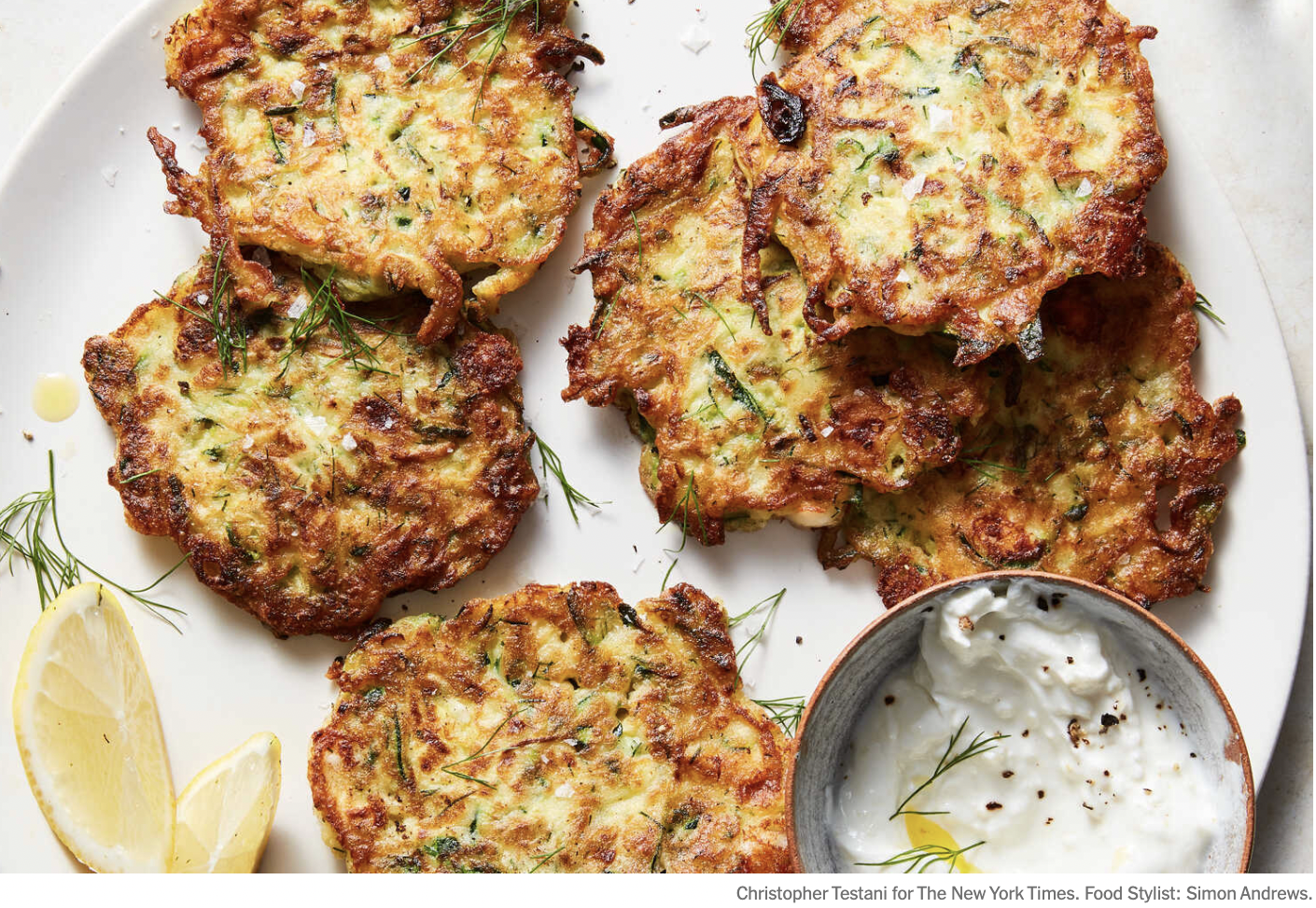Calorie, Macronutrient & Portion Tracking For Weight Loss
Related articles
Calorie, macronutrient and portion tracking are effective at regulating consumption but food quality and eating mindfully are as important as food quantity.
Calorie, macronutrient and portion tracking are popular and effective tools in the quest to lose weight. The main reason they are effective is that they make us aware of how much we should be consuming vs. how much we actually are consuming. Research shows that we generally underestimate our food intake by 30-50%! There are two reasons for this:
- We underestimate how many calories are in the foods we typically eat. For example, a Chinese chicken salad at most restaurants is usually 1,000 calories despite the perception that it is a healthy menu item.
- We underestimate portion sizes two-thirds of the time. Most of us don’t know how to estimate what 4 ounces of chicken, a cup of rice or a tablespoon of salad dressing looks like, for example.
Calorie and Macronutrient Tracking Advantages
Calorie and macronutrient tracking means setting calorie and macronutrient ratio goals and then logging all of the calories and grams of macronutrients you consume. For example, you may set a goal of consuming 1,600 calories daily in a ratio of 25% protein, 25% fat, 50% carbs.
Calorie and macronutrient tracking provide several important benefits:
- Food tracking is educational. Popular tracking apps like My Fitness Pal and My Plate Calorie Counter have enormous databases of foods, including meals at many popular restaurants. This makes it easy to look up the calories and macronutrient amounts in the foods we consume. Usually when people look up the calorie content of their meals, it is an eye-popping experience that leads to intake modulation or better food choices.
- It helps you set daily calorie and macronutrient composition goals based on your weight, height, age, gender, weight loss goal and activity level. In a hypothetical example, if you are a 40-year old woman who weighs 140 pounds and you want to lose 15 pounds in a moderate timeframe (.5 lb loss per week), the app may recommend that you consume 1,500 calories a day and that you consume 40% of your calories from carbohydrates, 30% from protein and 30% from fat.
- Research shows that calorie and macronutrient tracking is effective for weight loss. People lose up to 5% of their body weight. For a 200 lb individual, this is a loss of 10 lbs.
Calorie and Macronutrient Tracking Disadvantages
- It is a lot of work to track every single calorie you consume. You need to use your phone or computer. Looking up multiple ingredients in a single meal is laborious. Also, unless you input your food at each meal, you will be prone to forget what you ate.
- It can cause stress and anxiety due to the constant effort of limiting what you eat and not going over your daily calorie target. For people are highly self-critical, this method can be counterproductive and lead to lower self-esteem.
- Very few people can stick with calorie counting long term. It requires too much work and it’s too stressful.
- It doesn’t distinguish between high quality and low quality calories. For example, whole grain bread and white bread have the same number of calories but white bread has been stripped of its fiber and nutrients so it metabolizes just like table sugar. It spikes our blood sugar, stimulates our appetite and increases cravings for more carbohydrates. Whole grain bread on the other hand is satiating and provides vitamins and minerals.
The bottom line: Calorie and macronutrient tracking are good in the short-term to create awareness but it’s not a great long-term strategy.
Portion Tracking
Portion tracking is an alternative method to tracking food. Precision Nutrition, a well- established nutrition coaching outfit, has developed an ingenious approach to tracking portions that is nearly as accurate as tracking calories and macronutrients.
In this system, you use your hand to determine food portions. It looks like this:

These portion sizes correlate well with the appropriate number of grams for each macronutrient that you want to consume:

PN provides simple guidelines of how many portions to consume based on your gender, activity level and goals (i.e. weight loss, muscle gain). For more information about using your hand as a portion guide, you can download this Portion Control Guide.
The Precision Nutrition Calculator is also an excellent free tool that provides you the recommended calories and macronutrient ratio to achieve your goals and converts those numbers to equivalent hand portions. You simply enter your sex, body weight, goals, activity level, and eating preferences and you will receive a personalized nutrition plan.
Hand portion tracking has several benefits:
- It is very easy and convenient to determine how much food to eat with each meal. You don’t need your phone or computer and you quickly develop awareness of portion sizes.
- You can easily customize the method by adding or removing a portion if you aren’t hitting your weight loss goal in your time frame.
- It is fairly precise. PN’s internal research estimates that it is 95% as accurate as weighing, measuring and tracking food using other methods.
The Importance of Food Quality
Calorie, Macronutrient and Portion tracking all share the same disadvantage. They don’t distinguish between healthy proteins, fats and carbohydrates vs. unhealthy ones. For example, if you have a calorie goal of 1,600 calories a day and 40% of those calories coming from carbs, you could theoretically consume 640 calories of Skittles and still achieve your tracking goal. But it certainly won’t help you get to your weight loss goal. And the hand portion method doesn’t distinguish between a cupped hand of Cheetos and a cupped hand of wild rice. They are both considered one portion of carbohydrates even though the wild rice is far more nutritious and lower in calories than the Cheetos.
The bottom line with food tracking is that it can be effective but it’s not enough to optimize our health and achieve long-term weight loss. We have to pay attention to the quality of the food we are eating. For most people, the Mediterranean diet is a great dietary approach. It is proven to help people lose and maintain their weight and it is the only “diet” that people can stick with long term. This is because it emphasizes delicious, high-quality, nutrient dense foods. It doesn’t require severely limiting an entire macronutrient like the Keto or Atkins diets. Nor does it require limiting calories. This handy infographic provides may Med friendly food ideas.
Develop Mindful Eating Habits
When it comes to weight loss, it’s also important to develop mindful eating habits. Mindful eating means eating slowly and only until 80% full. It takes 20 minutes for the body’s satiety mechanism to kick in. But the majority of people finish their meals in under 10 minutes, leading to overeating. Studies show that fast eaters gain more weight over time than slow eaters. For more benefits of eating slowly, click here. Some tips to slow down your eating include setting a timer, chewing each mouthful 15-20 times before swallowing, sipping water between mouthfuls, and not eating in front of the computer.
Mindful eating also means being aware of how we feel at the conclusion of a meal and the next day. In general, when we eat a healthy meal and we don’t overeat, we feel satisfied but not bloated or sluggish. We wake up feeling more alert and in a better mood. We have all experienced the food hangover that comes with overeating a heavy dinner and then struggling to get going the next day. All it takes to become more mindful is to ask yourself how you feel after each meal and when you wake up. The connection between the food you eat and how you feel will become more obvious with time.
By focusing on the quality of the food we eat and developing mindful eating habits, our need to track our food diminishes. We develop an intuitive sense of what and how much to eat because our body speaks to us. What is beautiful about this is that a healthy weight and body composition tend to follow with limited effort.
Subscribe to unlock premium content
Sed at tellus, pharetra lacus, aenean risus non nisl ultricies commodo diam aliquet arcu enim eu leo porttitor habitasse adipiscing porttitor varius ultricies facilisis viverra lacus neque.




